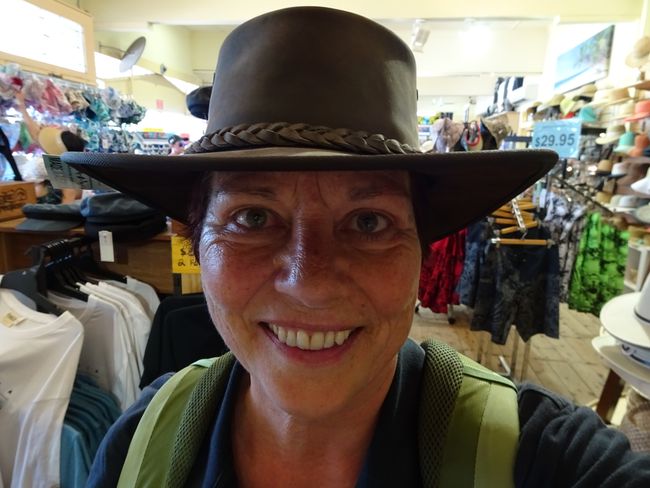
Neuseeland/Südinsel & Australien/Victoria
vakantio.de/neuseeland_suedinsel_und_victoria
7.1.19 Volcanoes, Echidna and the Grampians - off to the mountains
ප්රකාශිතයි: 22.07.2019

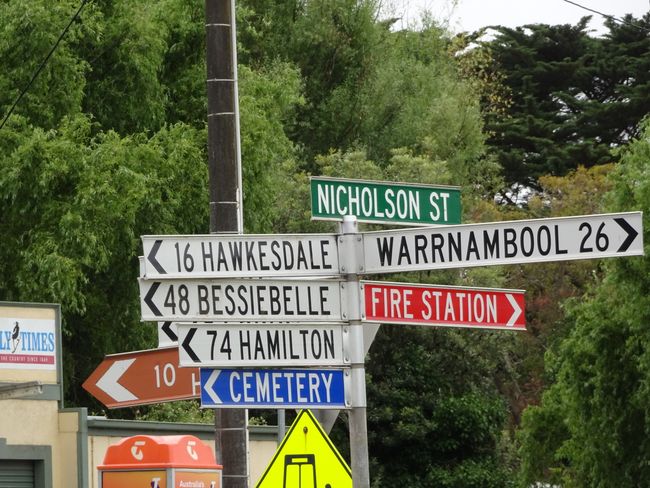
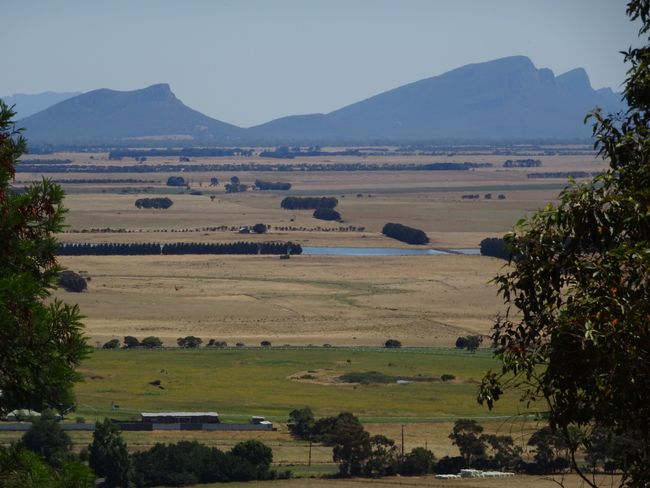


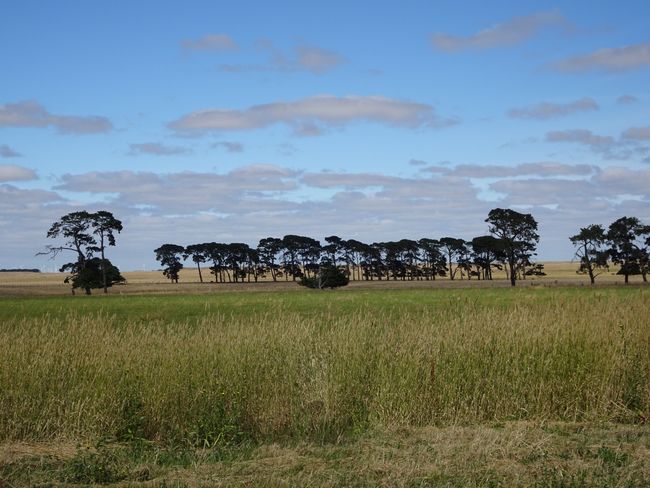
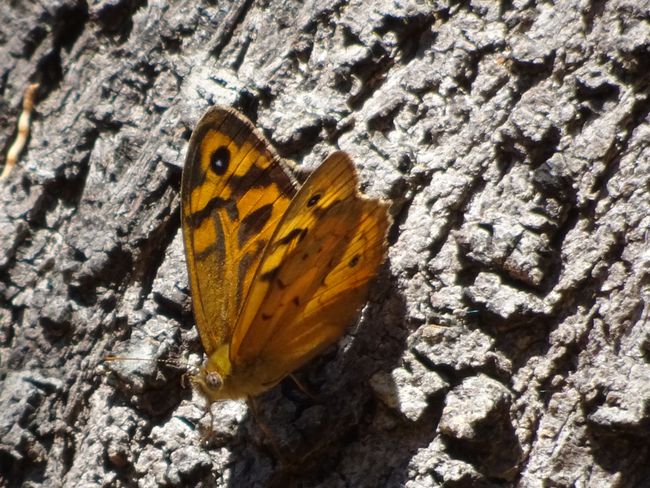
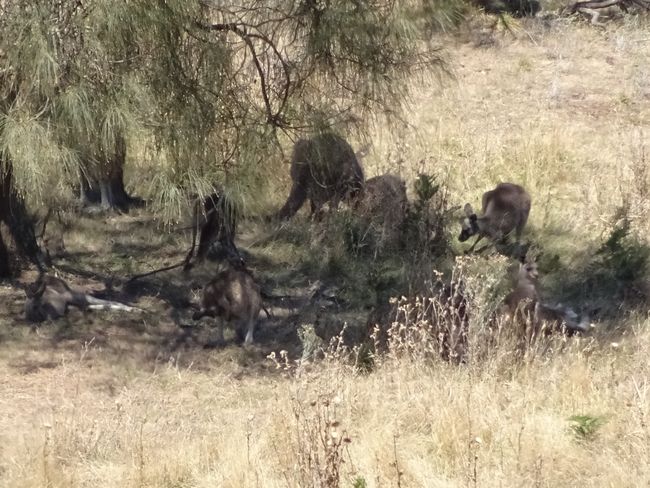
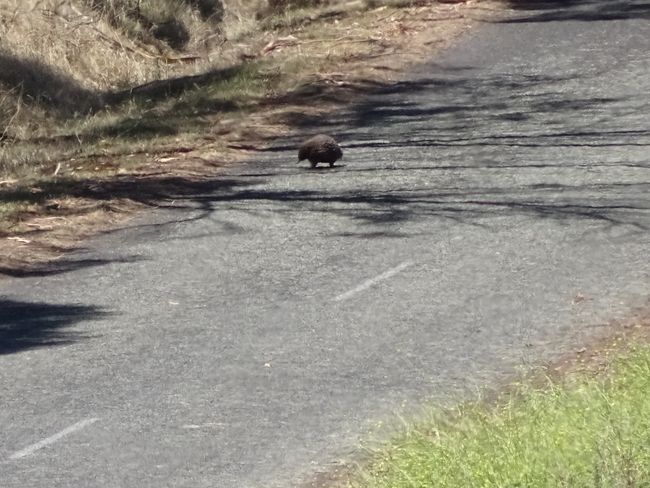
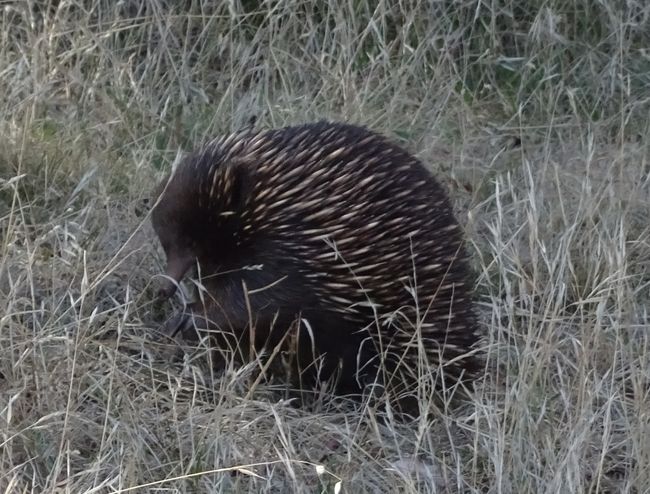
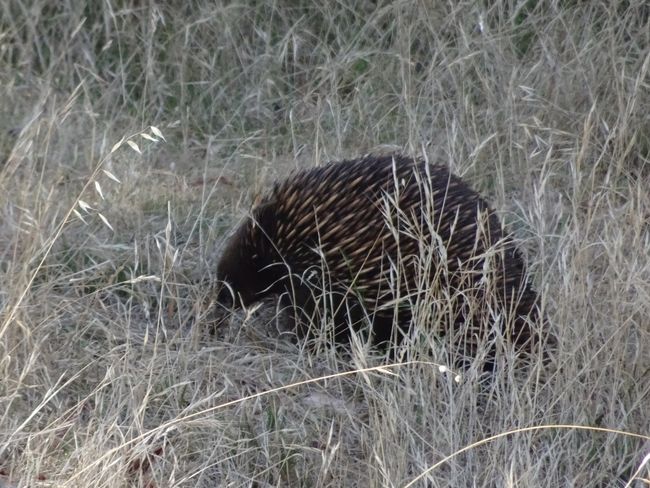
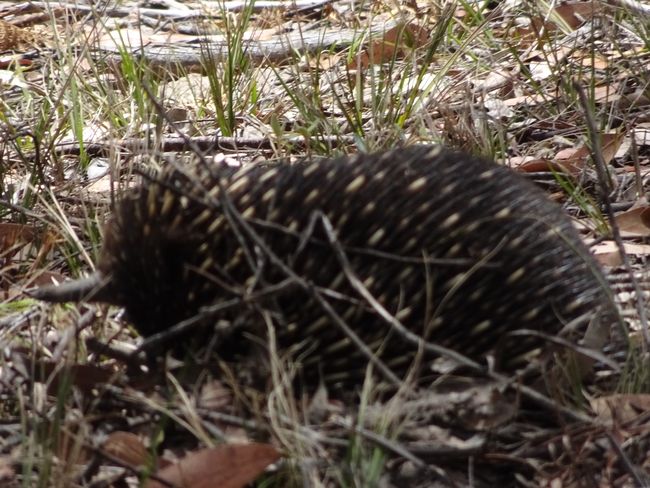
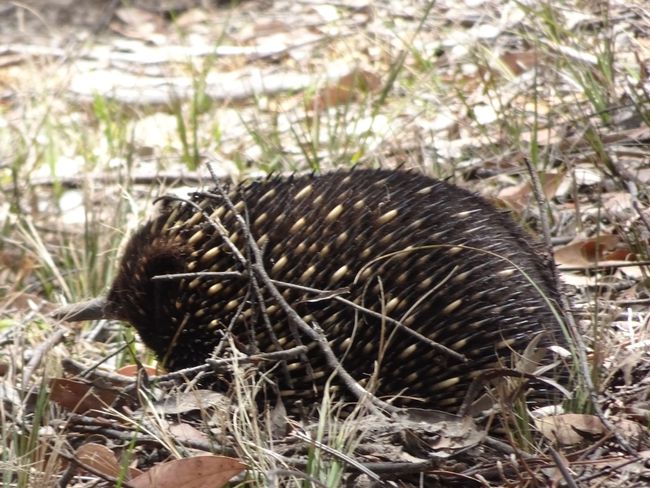
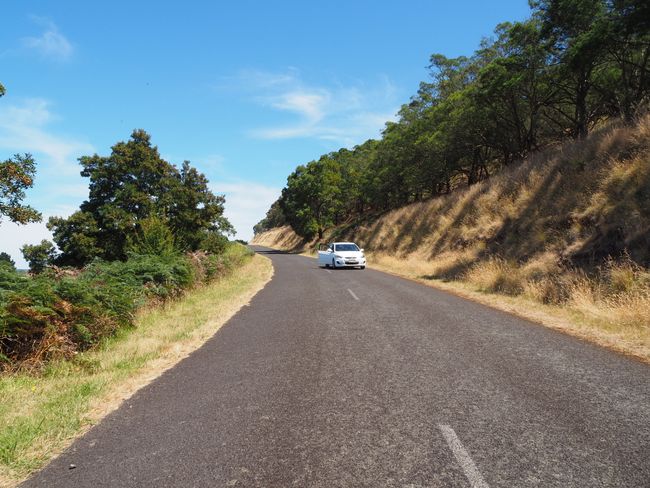
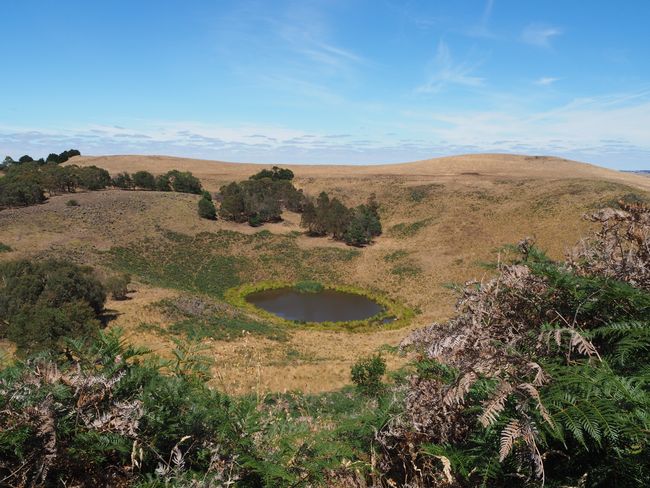
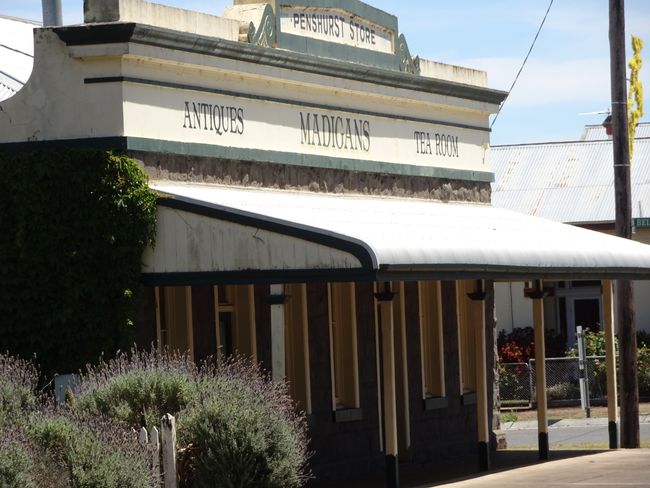
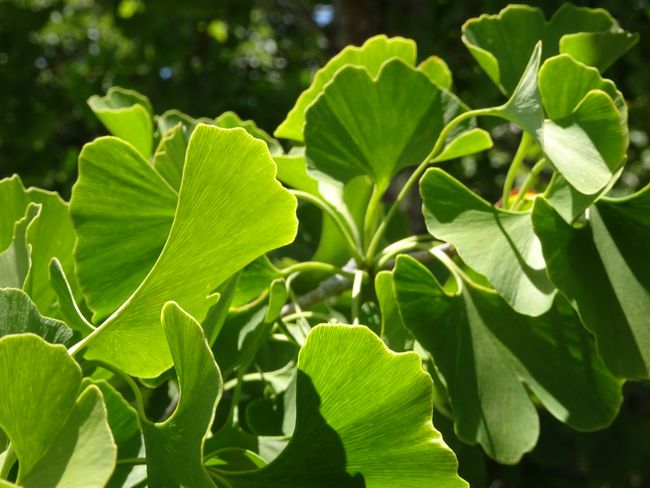
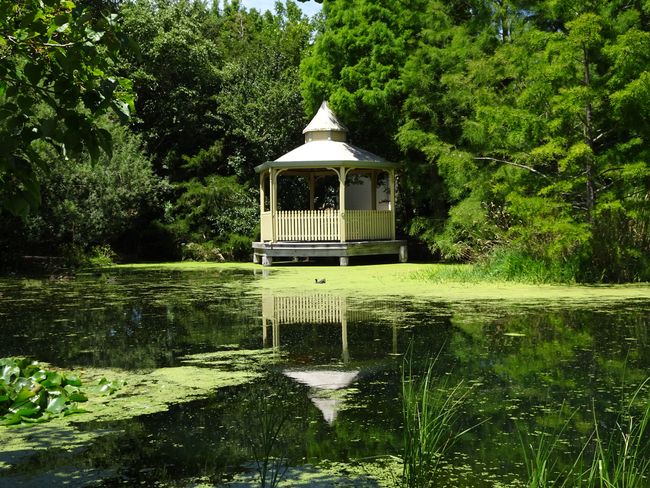
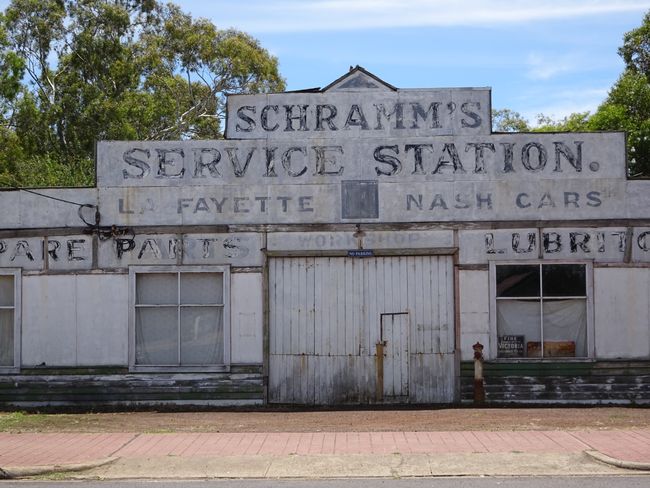
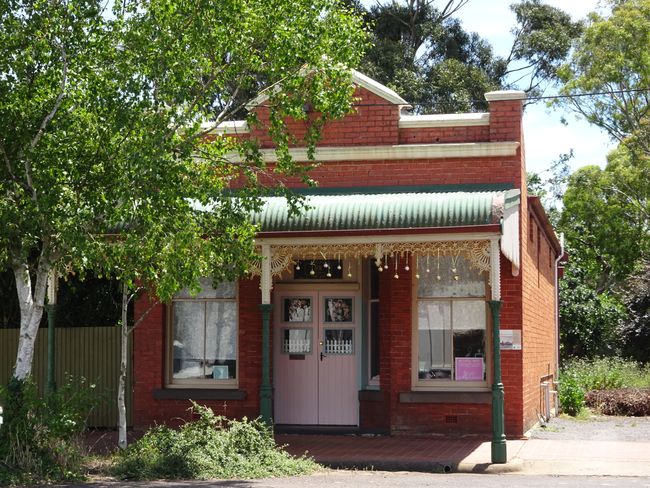
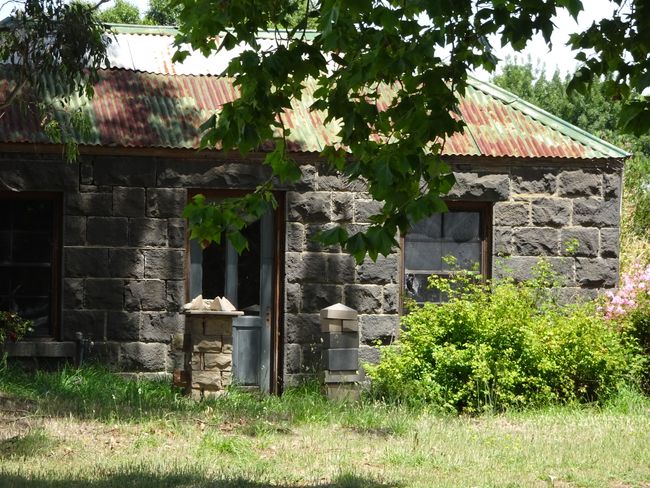
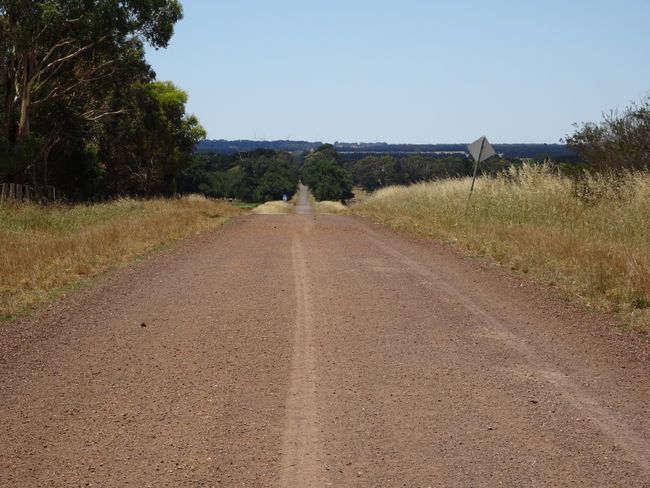
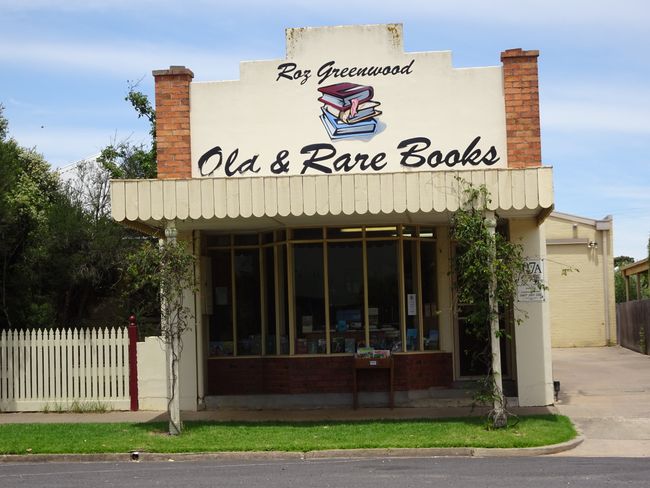
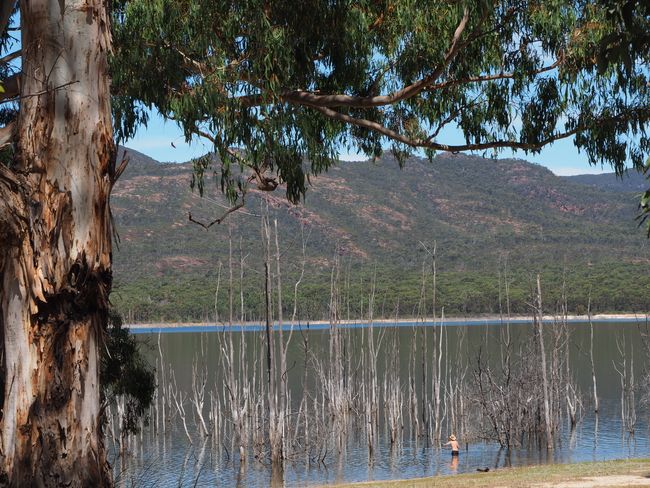
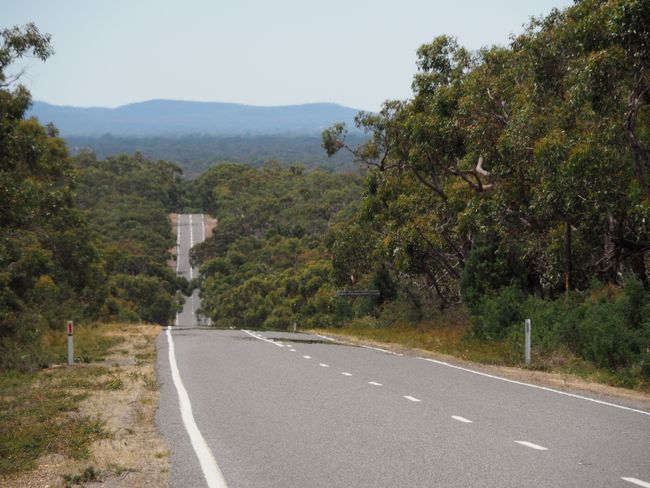
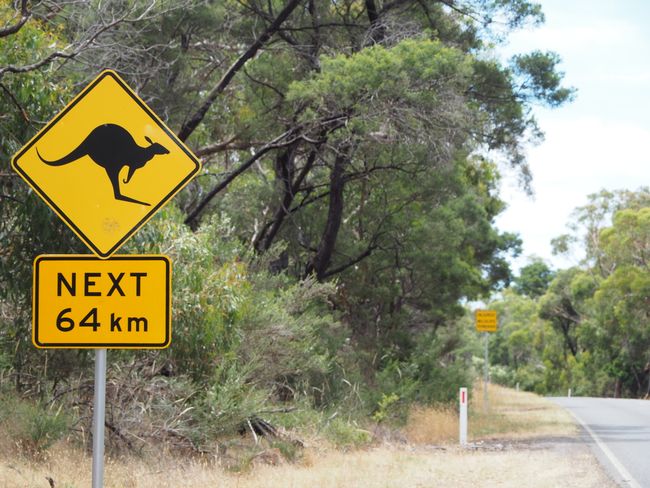
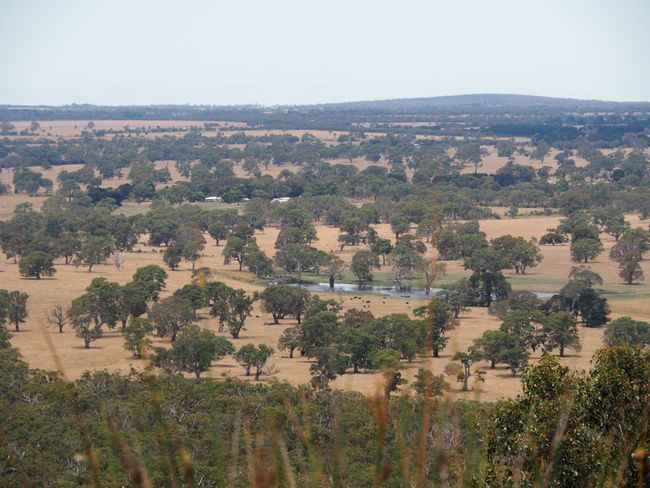
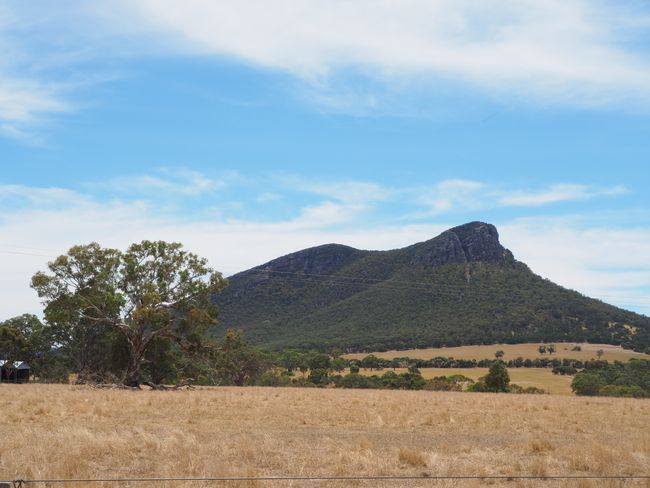
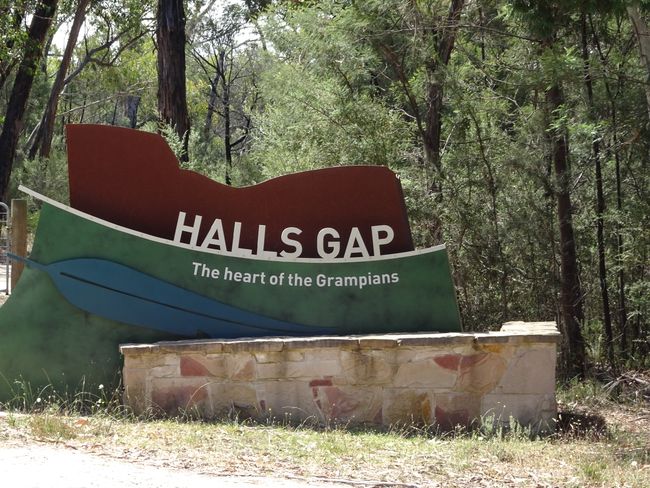
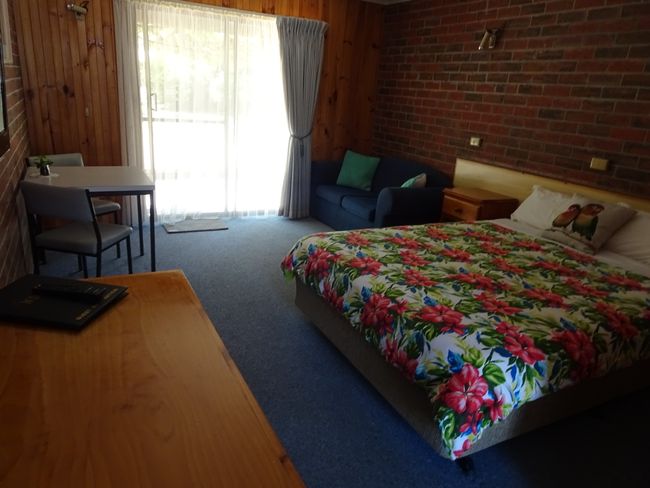
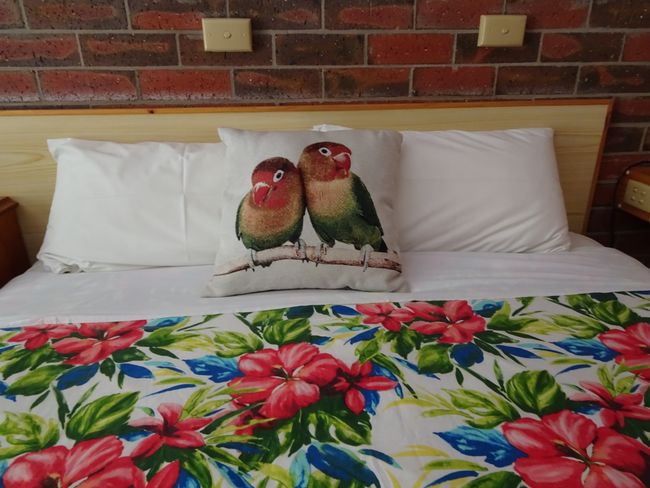
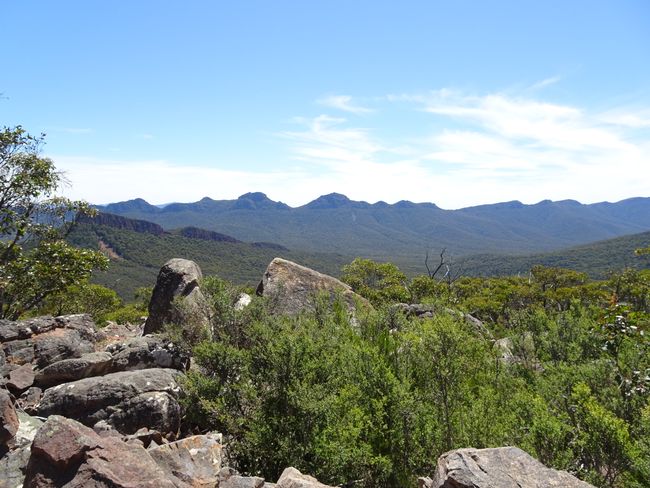
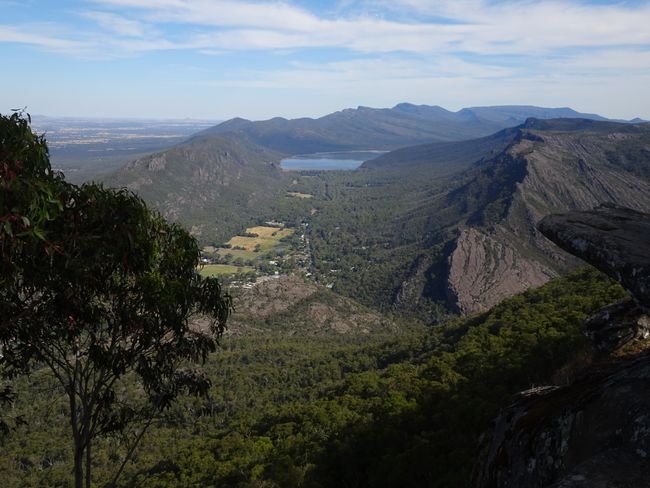
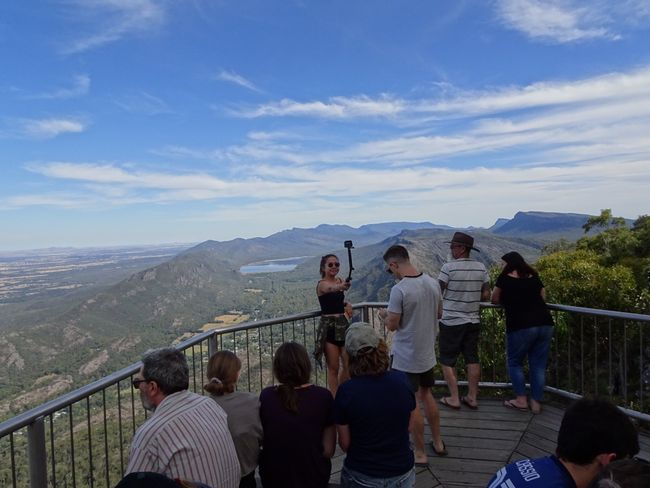
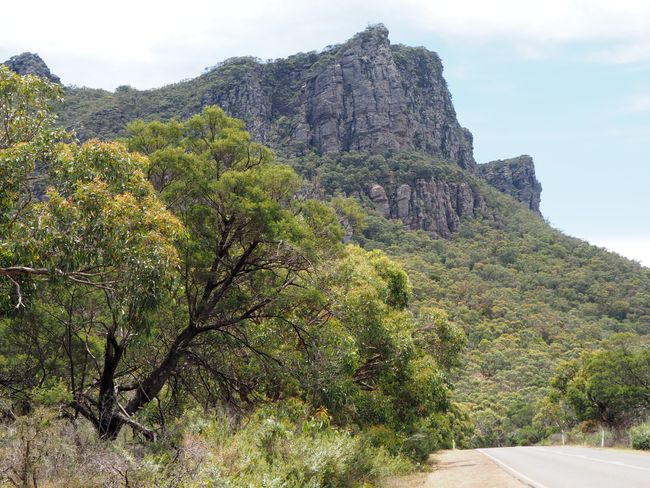
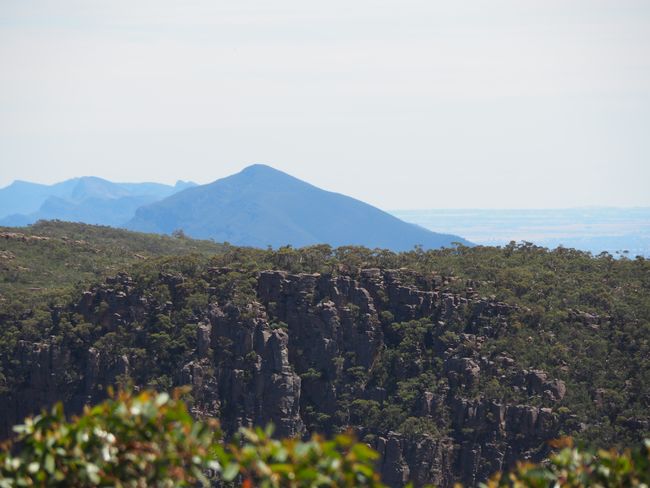
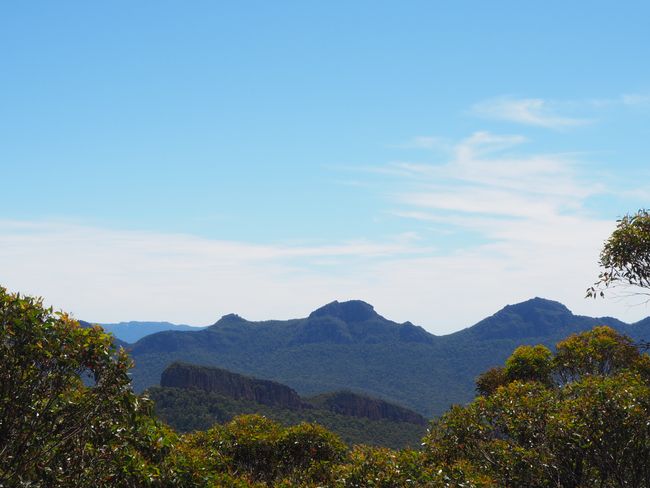
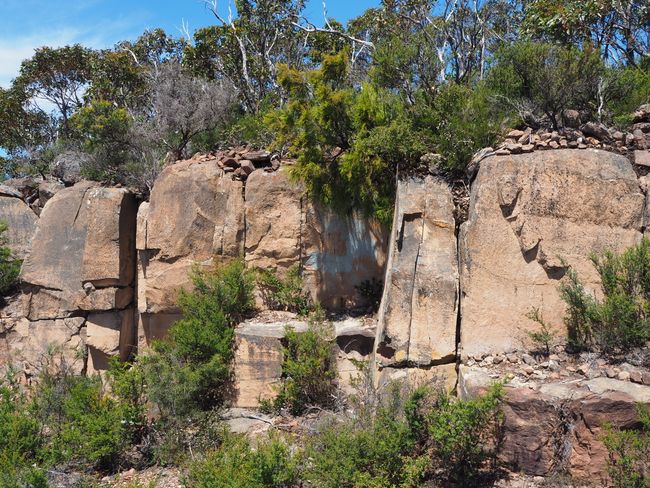
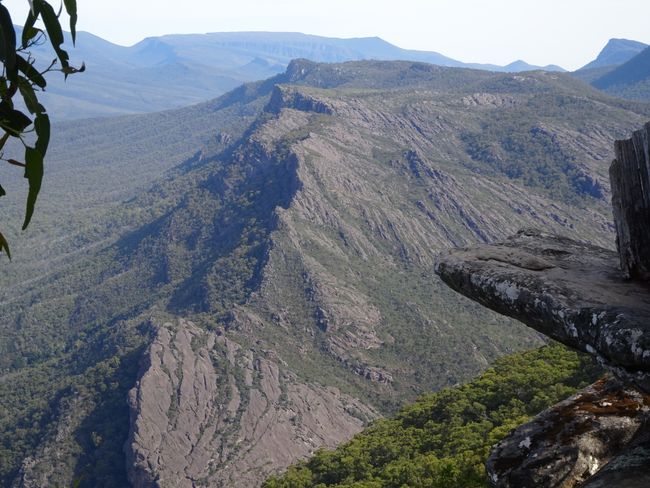
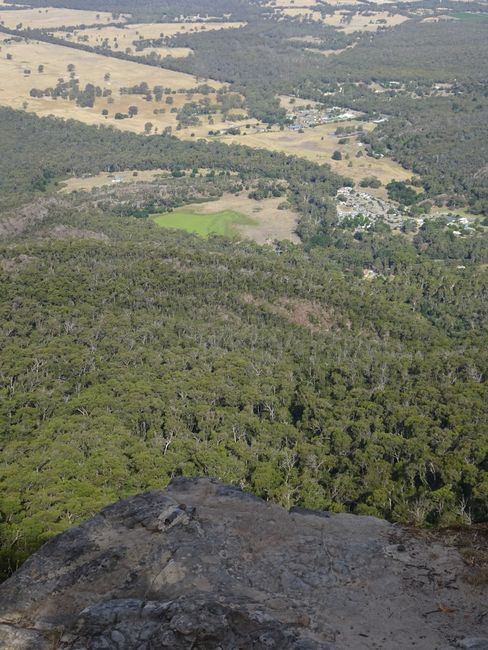
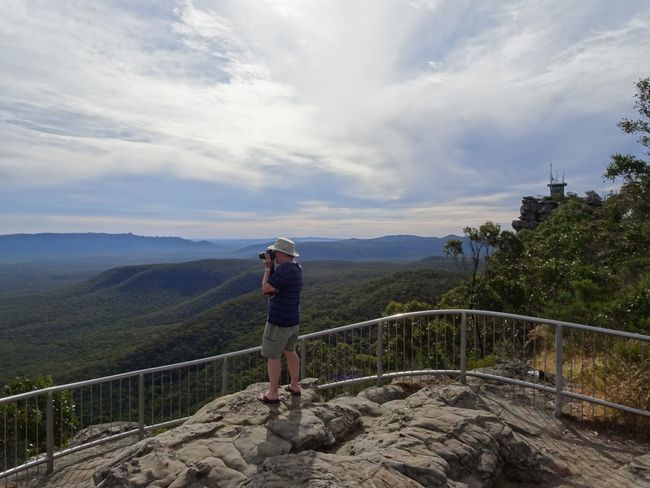
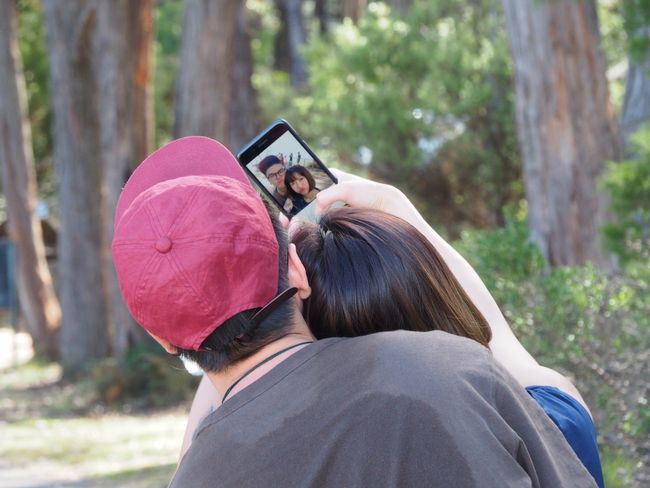
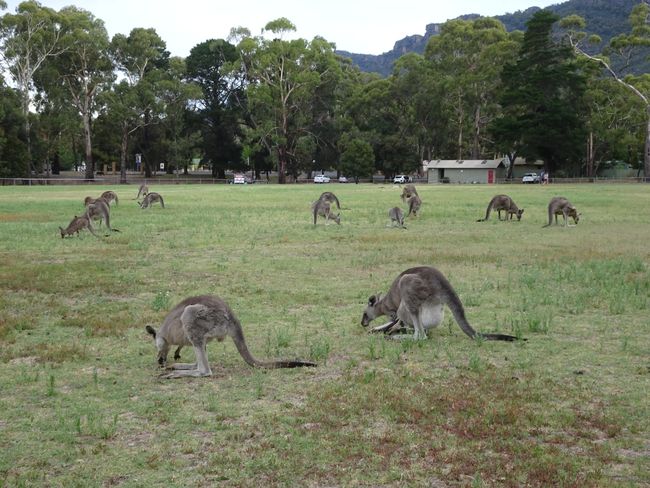
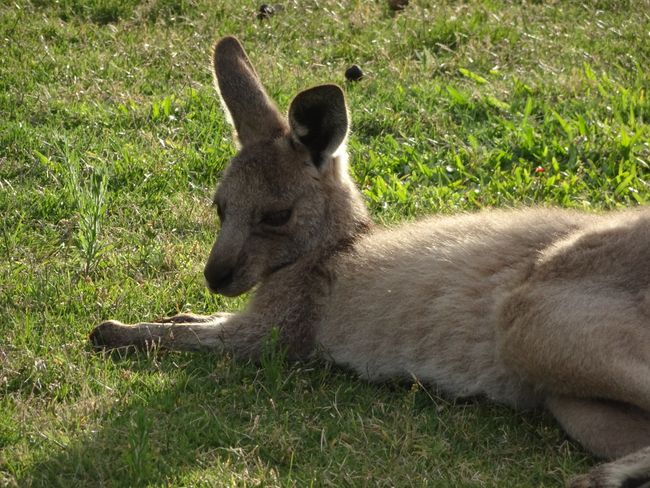
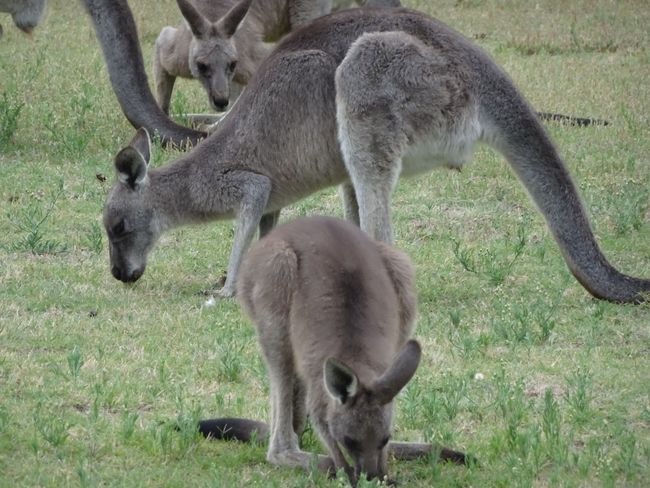
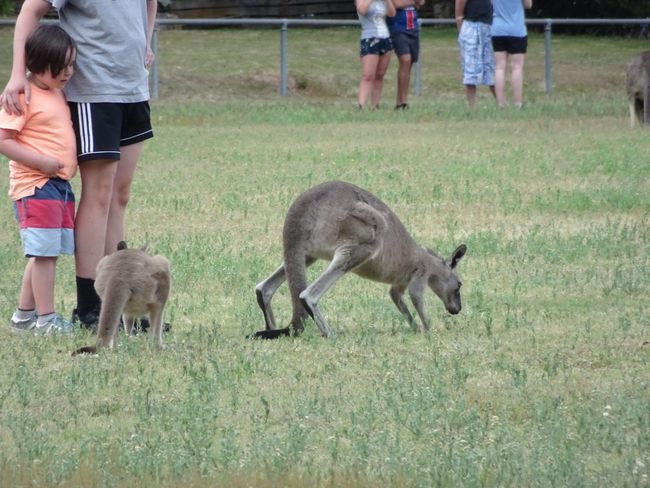
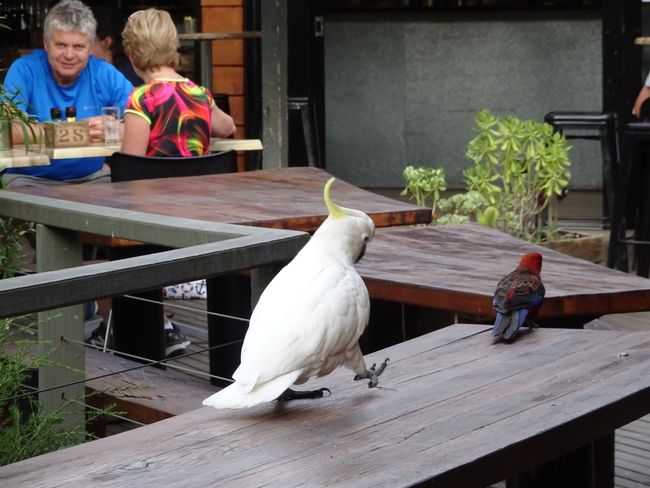
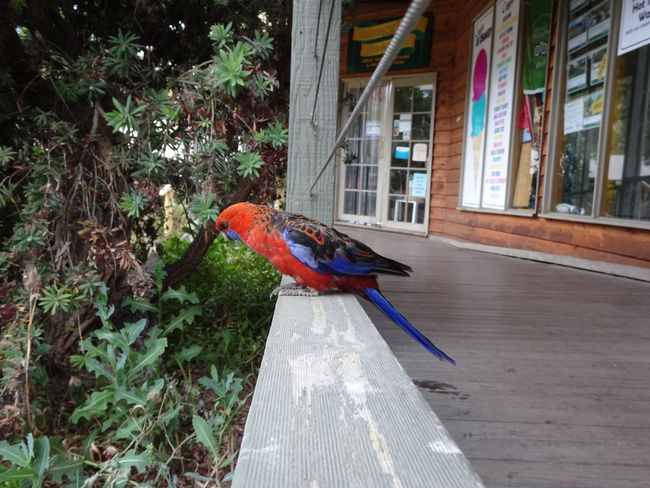
පුවත් පත්රිකාවට දායක වන්න
The alarm clock mercilessly rings at 6:30 am and I peel myself out of bed. I have to use the fantastic shower in this apartment again to wake up. After a quick breakfast at a bakery, I am already on my way north at 8:30 am. I leave the Great Ocean Road shortly after and take the C179 country road. Instead of eucalyptus forests, the drive now takes me on an endlessly straight route through huge grain fields. Every now and then, bored cows stand in a meadow. I pass through places that don't really exist and seem to consist of 3-5 houses. This is Australia as you know it - endless expanses and deserted hemispheres. I don't want to have a breakdown here. It's worth refueling at every opportunity and always keeping an eye on the car's specifications... The first visual attraction comes after about 70 km of straight road through flat land. A hill on the right catches my eye. The sign says: Mount Rouse and I think to myself: Let's go there. The small winding road to the picnic area below the "summit" is paved and from here you have a view that is so gigantic. And lo and behold: Cones rise from the plain everywhere - like little volcanoes. Below the road is a circular lake that definitely looks like a crater lake. A dozen kangaroos are lying casually under a bush. I stop at the picnic area, but I'm not really brave enough to hike here. It's different when you're with someone else. If I twist my ankle or something in this unpaved terrain, I'll be stuck here. And it's so lonely here, as if no one has been here for days. So I enjoy the view to the north, where I can already make out the elevation of the Grampians before I start the return journey. Halfway on the small road back to the main road, I get out again, use my binoculars to view the little volcanoes and the resting kangaroos, and out of the corner of my eye I see a "ball" wobbling across the road - it can only be an echidna. They are so cute. And it's great to see one in the wild again. In Tasmania, I saw them from time to time and was amazed at how quickly they could hide, even though their movements always seem so slow. I cautiously approach the fellow, and while he sniffs through foliage on the ground with his snout, I take a few nice photos. Whoosh, he disappears headfirst into his burrow and is absolutely no longer visible. They are not exactly small, they can weigh up to 15kg. Echidnas, like platypuses, belong to the monotreme group of mammals. They can only be found in Australia (including Tasmania) and New Guinea. Echidnas and platypuses are mammals, but they are the only two genera that lay eggs and nurse their young with milk. Nature works wonders!
Enlivened by this encounter and the peace and quiet I had for this observation, I continue to Penshurst. A small village with some really old wooden houses. In the middle of nowhere. Why did people settle here at some point? However, there are certainly much more remote villages in Australia. The Penshurst Volcano Discovery Center surprises me. A small "museum" and info center. I talk to the woman who is in charge here today and learn that this area, from practically Adelaide in the west to Melbourne in the west, is considered a volcanic area. Well, the last eruption was 5000 years ago, so the danger is rather unlikely. But still - I had no idea that there were such volcanic areas in Victoria. Learned something new again. Mount Rouse, where I was just now, last erupted 300,000 years ago. The small lake where the kangaroos were lying was formed at that time. However, the water in it is rainwater and something like groundwater that comes from the porous soil of the surrounding area. Water is naturally stored in this rock, so that there is always water in the small lake even in summer. Penshurst has a small pond, the "never fail spring". It is also fed by ground and rainwater, is extremely deep, and served several generations of Aborigines for ceremonies when the volcanoes were still active here. Today, a small botanical garden has been created, swans are on the move, a small pavilion, and some beautiful ginkgo trees line the pond.
Onwards to Dunkeld, whose name is pronounced with the emphasis on the "e". So it's not dark here. In the small visitor center, there is only 1 map of the Grampians. The woman tells me about a few hikes and I grab the map, memorize the hikes, and continue driving. My breaks at Mount Rouse and in Penshurst mean that despite my early start in Warrnambool, I only arrive in Halls Gap at the Kookaburra Motor Lodge at 4 pm.
Nice room, a bit dark due to the pergola in front of the terrace door, but cool because it's shady. The day is still young, so I drive out of town on Mount Victory Road and turn onto Mount Difficult Road towards Boroka Lookout. It's just under half an hour's drive from Halls Gap. Loud Asians surround the viewpoint, climb over fences, pose on rocky outcrops above the slope, and somehow have no eye for the view, only for their stupid selfie sticks. But it's beautiful here: you can see the densely forested slopes of the Grampians, Halls Gap, and Lake Bellfield reservoir in the distance.
So let's see how it is at Reed Lookout. It is about 8 km further away and the viewpoint "The Balconies" can only be reached via a small hiking trail. In the end, you have a wide view of the Grampians and Halls Gap. Constantly chattering Indians who constantly give each other commands to pose, climb daringly over rocks just to stand 3 meters further ahead (which you certainly won't see in their stupid cell phone photos anyway), disturb the actual tranquility, bird chirping, and the great view of forests and mountains. I try to make a video and after several attempts, I really have to ask them to be quiet for maybe 10-15 seconds.
Back in Halls Gap, dozens and dozens of kangaroos are sitting on the sports field lawn and eating. But not only there. They are sitting on every green space in town.
In a pizzeria in town, I get a pizza 10 minutes before closing time (8 pm! High season!) and eat it at the hotel, secure pictures, write in my diary, lights out at 11 pm.
පුවත් පත්රිකාවට දායක වන්න
පිළිතුර
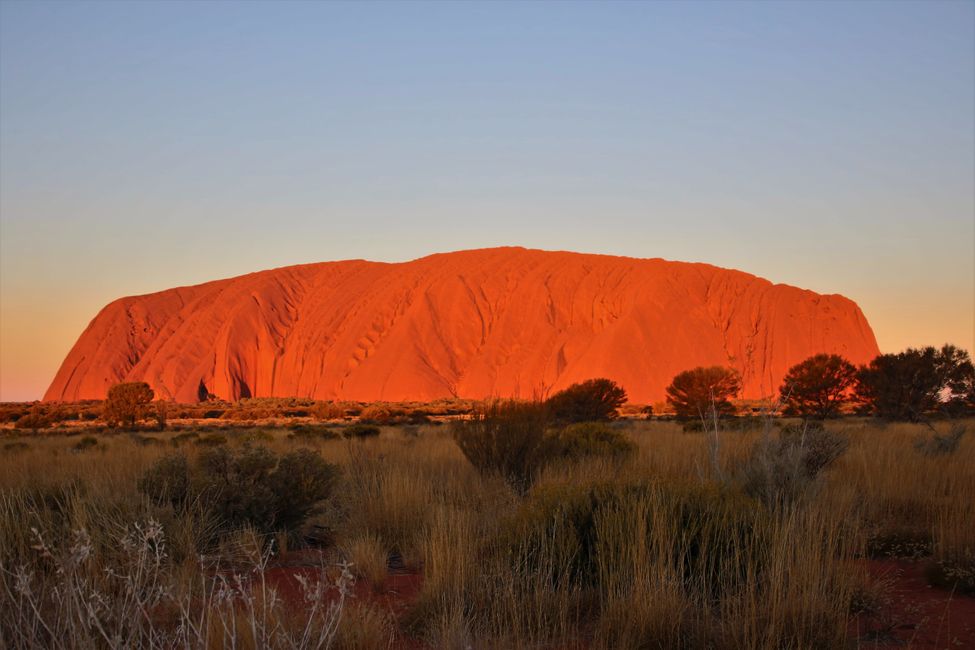
සංචාරක වාර්තා ඕස්ට්රේලියාව
